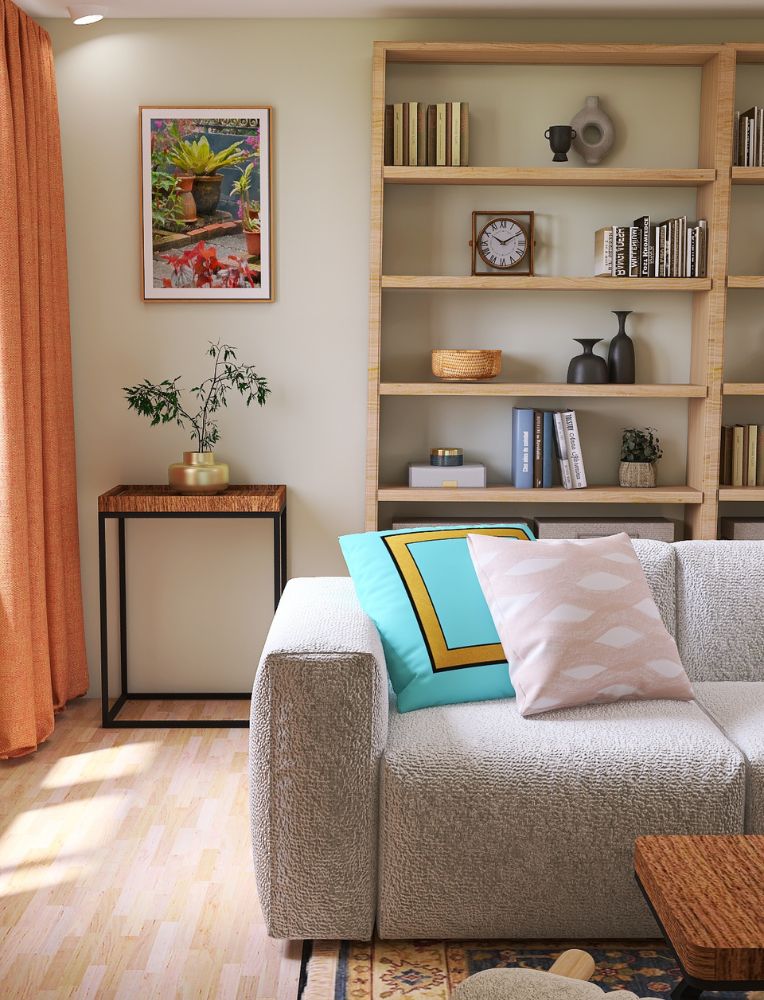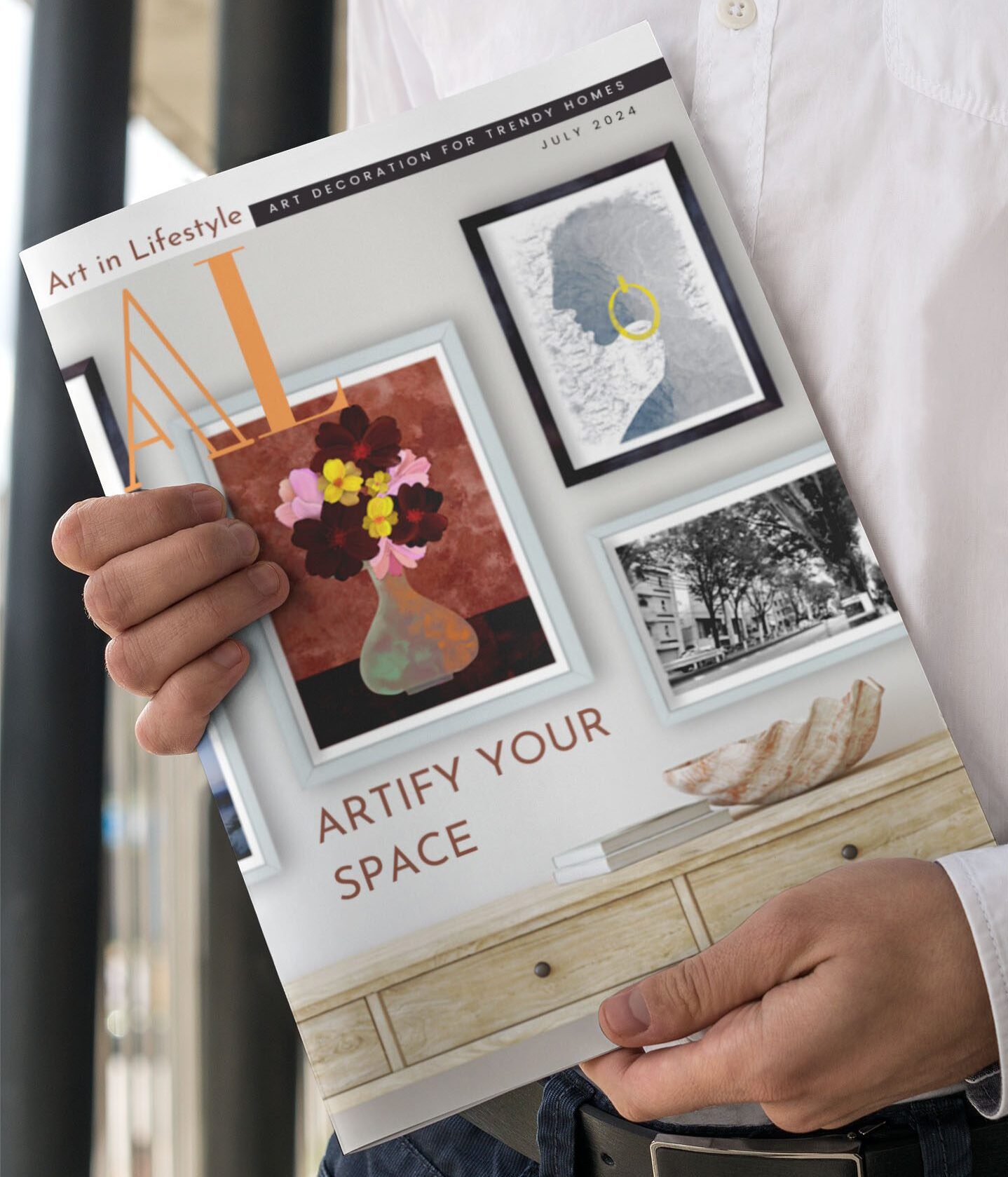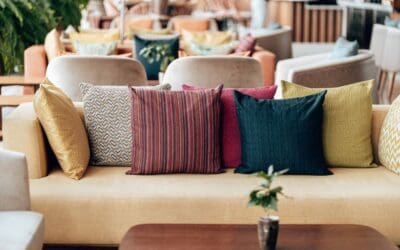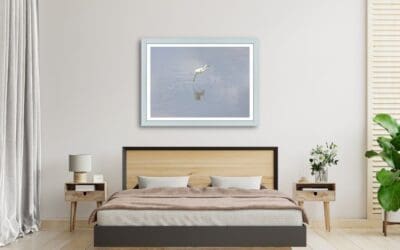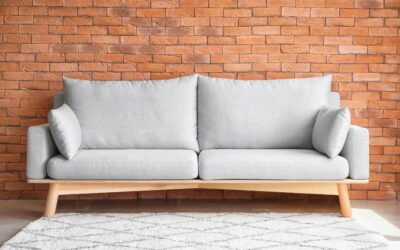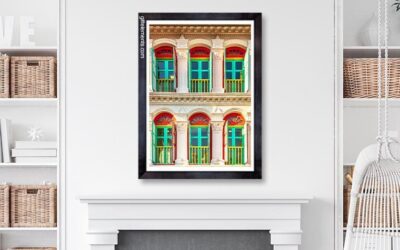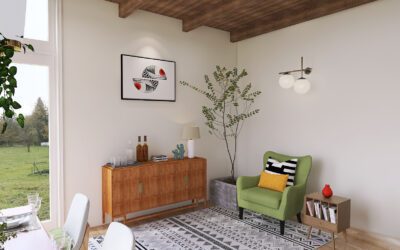When it comes to interior design, one of the trickiest and perhaps the most difficult step is to get the colours right. This is because we usually get fickle with colours. Like them today and hate ’em tomorrow. Not only should colours be selected in the right shade, but they must be placed together in the right proportions, or else there will surely be a cataclysmic clash. Even if you hire an interior design company, you might get overwhelmed by the choices and end up making a mistake. Thankfully, there are some ways to apply colours and create a balanced look that is pleasing to the eye.
Watch this video for more tips:
Colour rules that will save you
If you follow one of the many rules of interior decoration, the selection of colours will become an easier job. These rules are time-tested and will help you find the colours that coordinate with each other in the best way.
1. 60-30-10 rule
This is among the oldest rules of interior design. It divides the colour scheme into the percentages or the colour used.
- 60% main colour – About 60% of the colour used for the room design should be the main colour. This usually includes the floor colour, wall colour, and maybe a piece of furniture. It can also include window treatment like draperies or curtains, and door frames. You don’t have to get all of these in block colours. They may appear in the form of patterns or in 2 to 3 different shades. But it is important to have a prominent main colour in the room.
- 30% secondary colour – 30% of the room decor should be in a secondary colour. When you have a main colour covering more than half of the room, the secondary colour won’t have a lot of attention in the overall design. What it does is to provide contrast against the main colour. Since it is a different colour, it is able to add interest and depth to your decor. The secondary colour may also serve to boost or soften the main colour.
- 10% accent colour – This colour will make up one-sixth of the main colour and one-third of the secondary colour. The purpose of accent colours is to give greater contrast and interest to your colour scheme. By using it throughout the decor, people will be able to draw their eyes deeper into the design and around the room. Brighter accent colours create emphasis and can be placed on wall art or smaller furnishings such as cushions and vases.


An example of this colour scheme includes – 60% of grey as the main colour, 30% of dark blue as a secondary colour, and 10% of pink as an accent colour.
2. Colour wheel
You must have learned about the colour wheel during your childhood and had not thought about it ever since. However, if you really want to understand colour, you will have to get back to it. Simply put, through a colour wheel, you will have a visual representation of what colours are blending nicely. It will essentially remove all the guesswork from the process. In most models, there will be 12 colours. However, the colour wheel can be expanded and include an infinite number of shades. Even if you have not memorised the colour wheel, there are many types you can find and refer to online.


3. Basic colours
Even though there are seven colours in the rainbow, there are at least 12 shades on the colour wheel. Here are the basic colours that you will find on every colour wheel.
- Primary colours – Blue, red, and yellow. These colours cannot be made by mixing other colours.
- Secondary colours – Purple, Green, and Orange. These can be made by mixing the primary colours.
- Tertiary colours – There are six shades that come by mixing primary and secondary colours. They can be Red-Orange, Red-Violet, Yellow-Green, Yellow-Orange, Blue-Violet, and Blue-Green.
If you don’t have any idea about decorating a colourful interior, starting with these 12 colours is a good idea. These will help in narrowing down your choices until you find the shade that you love.


4. Colour temperature
You might have heard that colours have a temperature. You might have warm tones in your living room, and your kids might have selected a cool colour for their bedroom. By using colour temperature, you can locate warm and cool hues on the colour wheel. Warm colours like yellows, reds, and oranges are more vibrant and bring a sense of intimacy and liveliness to the space. Whereas, blues, greens, and purples are known to be cool colours and are used for bringing a relaxed feel to the room and calming it down. When you are selecting a colour temperature for your room, you have to consider its size. If you use a warm colour in a small space, it can make things feel claustrophobic. This is because warm colours tend to make objects look larger. Whereas, using a cool colour in a big room will make things feel stark.
Adding colour to your room
Adding colour to your interior space is not only about painting the floors, walls, and ceiling. There are so many ways to add colour to your room, some of which we will discuss below:
1. The front door
A warm entry makes for a warm welcome. Painting the front door is a way for you to bolster your house image and impress your visitors before they step inside the home. A yellow or red front door shows that you love colour and are bold. An unexpected colour like pink will indicate that you love the whimsical and enjoy being delightfully surprised. A dark colour like navy or black shows that you have a sophisticated and sombre style.
2. Kitchen appliances
The trend for colourful appliances started in Europe. They are the rage right now and have become quite common. For example, having a bright orange, red, or blue-coloured oven will not only add a pop of colour but also add dimension, character, energy and a sense of fun to your place. However, you may need to be cautious when buying coloured appliance because it might be difficult to modify its colour when trends change. You can’t just brush paint onto a refrigerator.


3. Furniture
If you have some vintage furniture, you can paint it to add new life to it. This way, you are salvaging an old piece of history while remaining environmentally friendly. This can be an old sofa that has faded and earned a few stains but is still structurally sound. It also adds colour to your space and transforms your room dramatically. If you have a bigger budget, there is a wealth of furniture upholstery for you to choose out there and online from specialist home fabric suppliers. They come in various colours and textures. Most suppliers will also provide colour and wash care information as well as rub value to indicate durability.
4. Accessorise
By layering your accessories and adding contemporary décor, you can change the tone of your interior design. Consider it as an inexpensive facelift for your modern house interior that alters its mood dramatically. These accessories can include lampshades, hanging lights, cushions, popular wall art, plants, flower bouquets, bookcases, throw blankets, bedsheets and wall murals. Interior design might seem a bit overwhelming for some. Having the right professionals from interior design services by your side and a little knowledge about the colour rules will save you a lot of time, cost and trouble.

